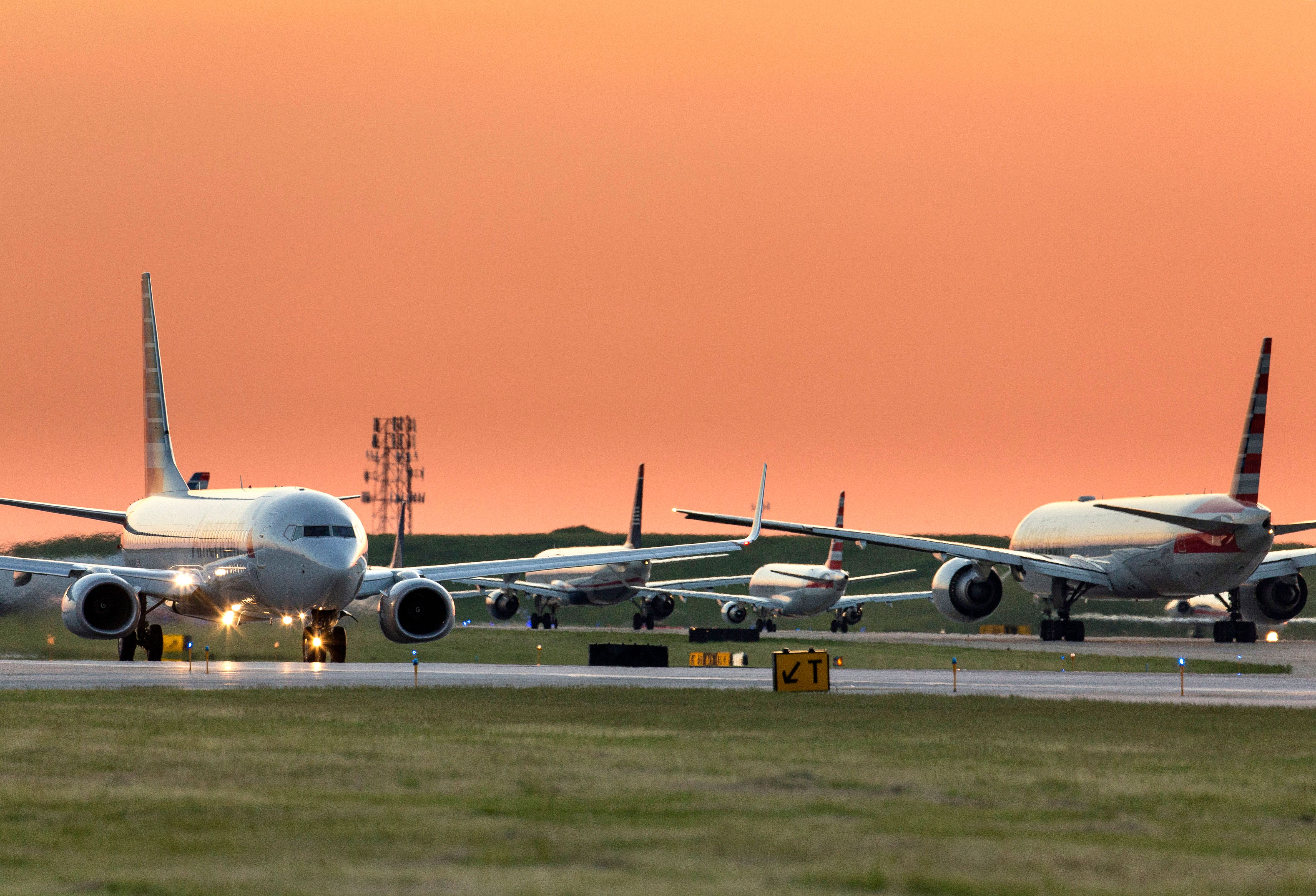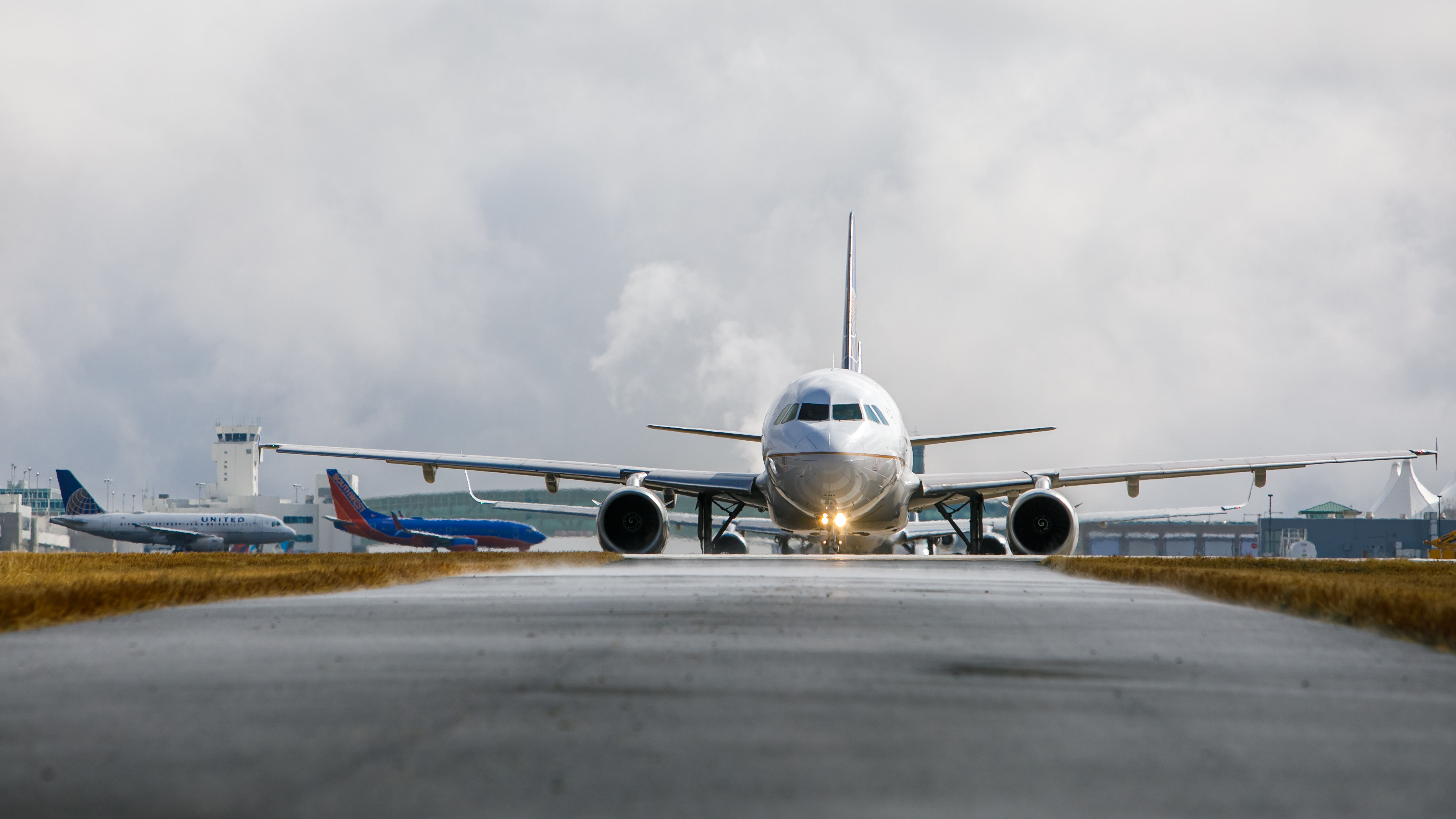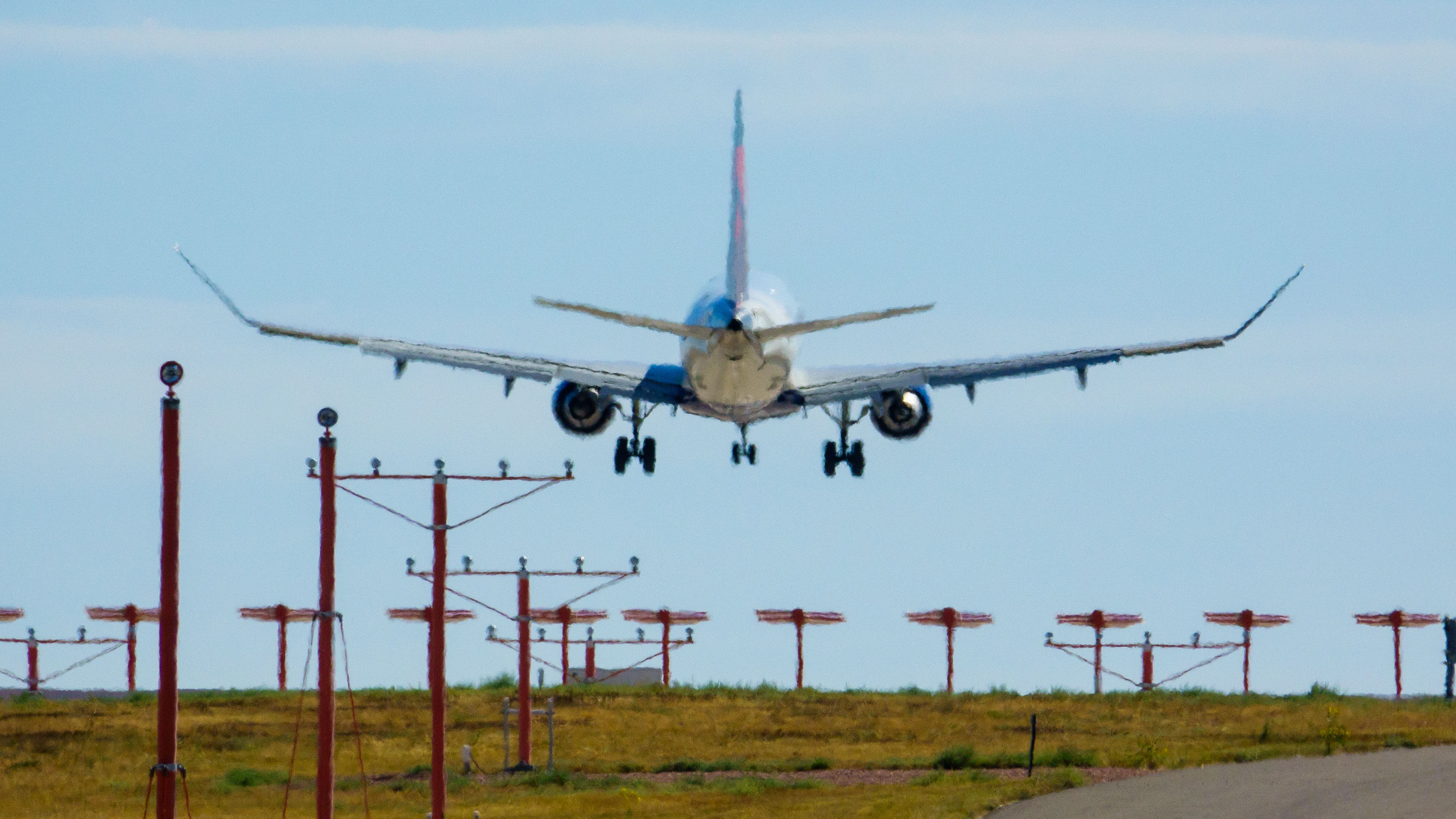Read update
- FAA Comment
The Federal Aviation Administration (FAA) has estimated that it will take an investment of $26 million to equip aircraft with the needed equipment to comply with its 5G modification requirements. The estimation comes only a few days after the administration announced that all aircraft operating for a commercial airline would need to upgrade their avionics systems for safety purposes. Critics claim the upgrade price tag is meager, stating that the FAA has recently made a lot of fuss for something requiring a cheap fix.
5G modification
The FAA recently announced that all passenger and cargo aircraft that use radio altimeters would need to install 5G C-band tolerant radio altimeters or a radio frequency filter. These modifications are to be made by February 24th, 2024. The FAA has also required that all airlines revise flight operation manuals to state that low-visibility landings are not permitted after June 30th, 2023, unless the aircraft is equipped with the proper 5G filtration technology.
These modification requirements come more than a year after disputes between the FAA and wireless communication companies began. Issues first arose when the Federal Communications Commission (FCC) elected to auction off C-band frequencies for 5G communications. Many of the frequencies auctioned off come dangerously close to the frequencies used by radio altimeters which are required for low visibility approaches - they are used to determine an aircraft's height off the ground when landing.
When 5G telecommunication services were implemented across the US, problems with radio altimeters began to arise. This led the FAA to release a NOTAM to all pilots stating that radio altimeters were unusable. As the FAA and major wireless companies, specifically Verizon and AT&T, communicated, it was agreed that buffer zones would exist around major airports to reduce interference.
Get the latest aviation news straight to your inbox: Sign up for our newsletters today.
FAA estimate
The FAA has supported its $26 million estimate by claiming that only a small number of airplanes will require modifications. The administration has stated that out of 7,993 aircraft, only 820 will need to install a 5G radio frequency filter. It has also said that only 180 will require a replacement radio altimeter. Critics find this estimation incredibly low as the FAA has previously claimed that 5G transmissions threaten all radio altimeter operations, not just those of 1,000 aircraft.
UPDATE: 2023/01/12 09:13 EST BY RILEY PICKETT
FAA Comment
The FAA has shared the following statement with Simple Flying concerning the number of planes needing to be retrofitted with 5G filtration technology. It reads,
"Based on that information, the FAA roughly estimates that almost 7,000 airplanes on the U.S. registry are already equipped or are being retrofitted to address radio altimeter interference tolerance before publication of this AD, or are not operated under 14 CFR Part 121, and thus would only require AFM revisions to comply with this AD as proposed."
Critics also point out that the entire situation results from poor communication between the FAA and FCC during the 5G rollout. They also claim that $26 million is a small price for wireless companies to pay compared to the millions it took to establish buffer zones around major airports and that this cost should have been added to the initial auction cost of $81.2 billion.
The opposing argument supporting the FAA argues that 5G was still a new technology and that the industry was still developing technology to prevent 5G interference when discussions first began. Meaning that the FAA did not know how much the technology would cost at the time. Nor how long it would take to develop and implement.
What do you think of the FAA's estimation? Let us know in the comments below.
Source: Fierce Wireless



